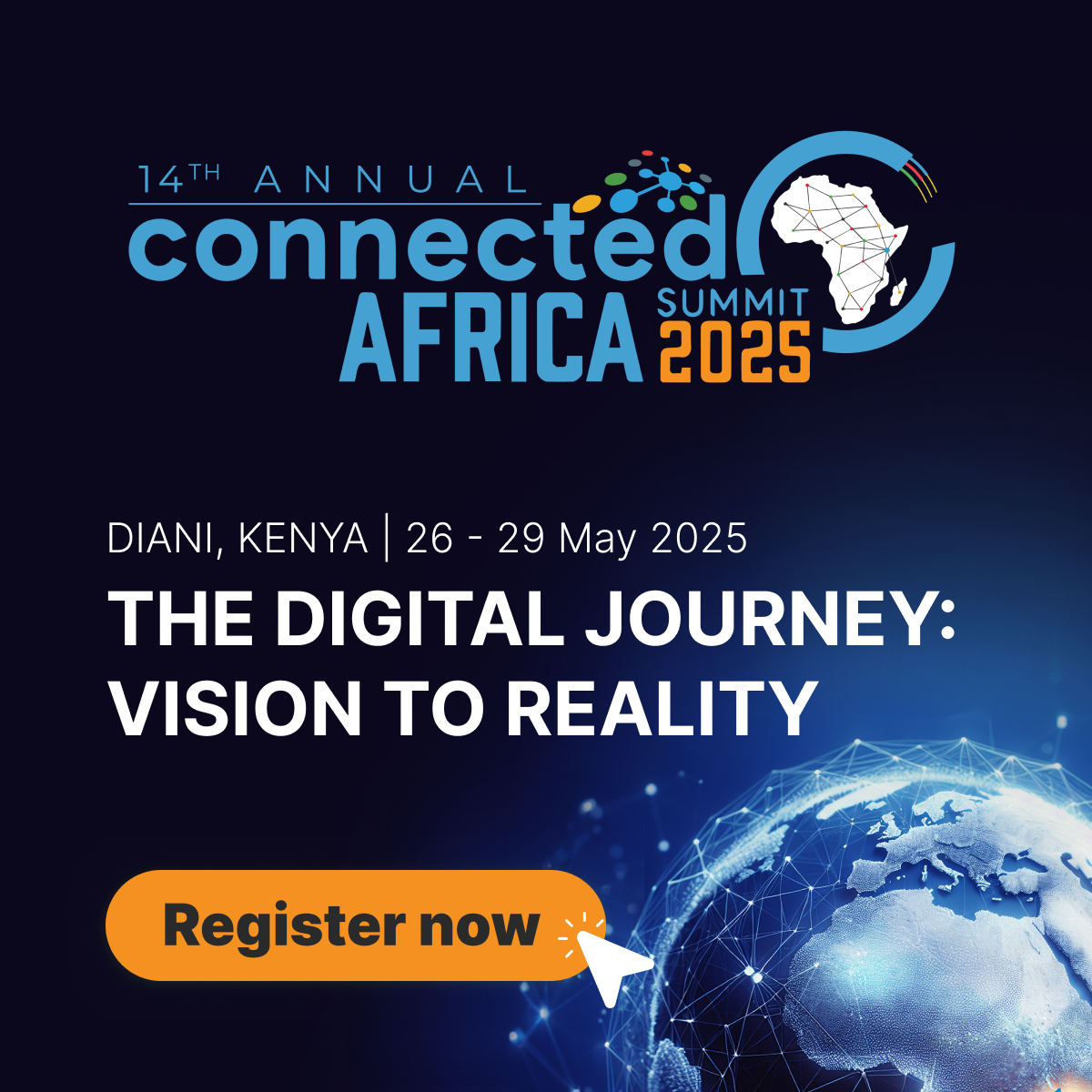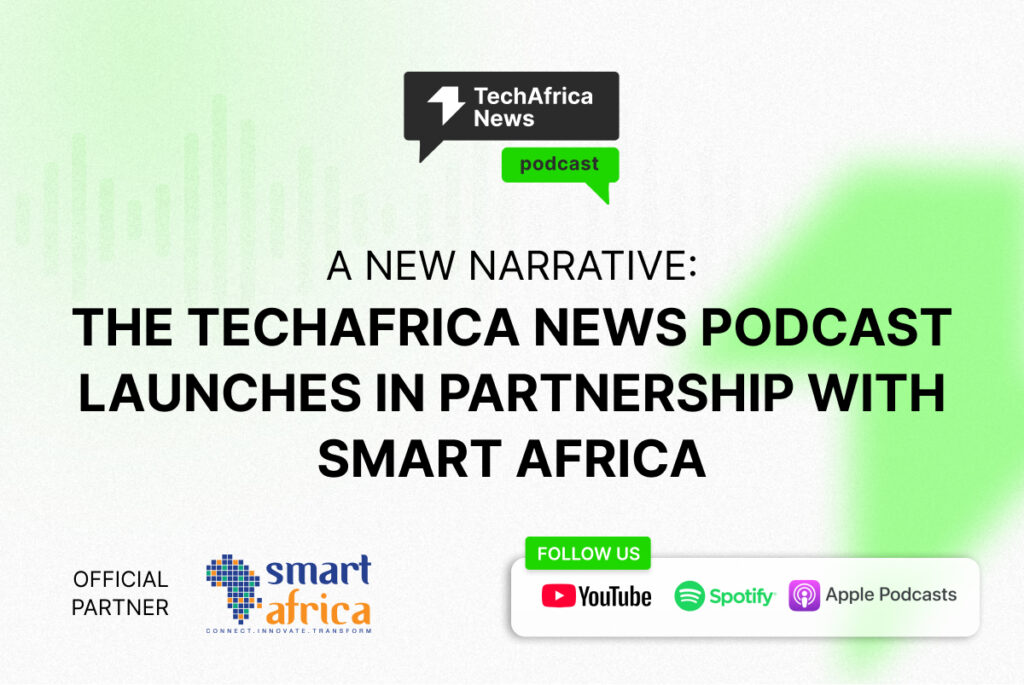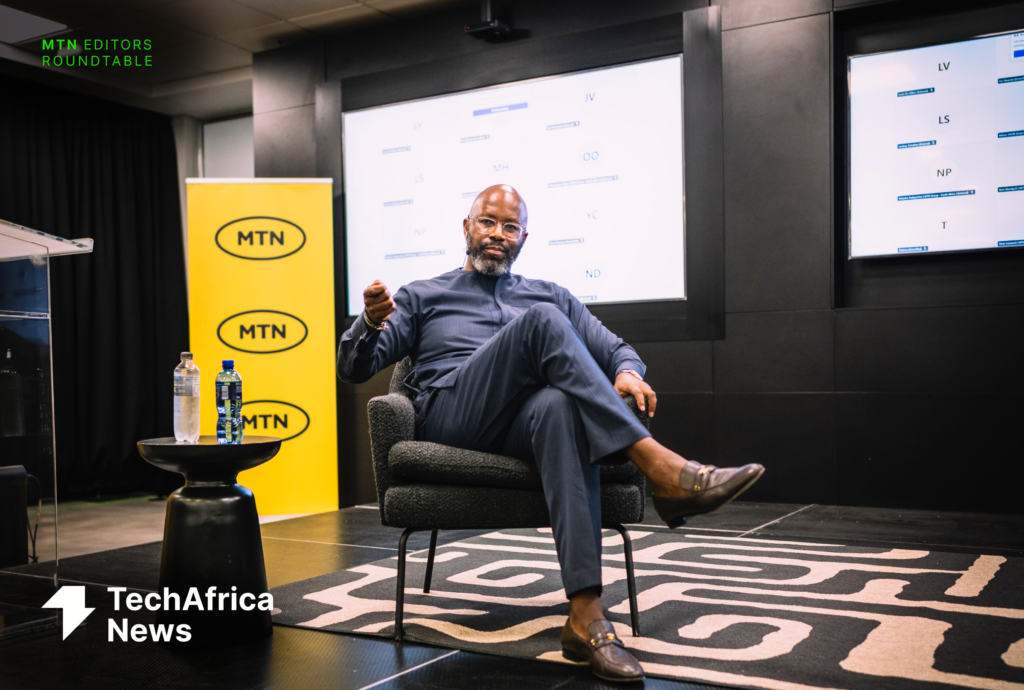Africa’s Mobile Connectivity: Has the Internet Access Gap Narrowed in 2024?
In Africa, mobile connectivity represents more than just access to the internet, but it serves as a lifeline for socioeconomic advancement, transforming lives across the continent. For most people in low- and middle-income countries (LMICs), mobile phones are the primary means of getting online. Mobile internet has bridged some of the widest gaps, providing access to essential services such as healthcare, education, e-commerce, and financial tools, while also creating new income-generating opportunities that are vital to economic growth. With every new connection, the potential for individuals and communities to thrive is expanded, making it important to address Africa’s digital divide with a renewed sense of urgency and purpose.
On October 23, 2024, GSMA released its State of Mobile Internet Connectivity 2024 report , offering comprehensive insights and fresh data on global mobile connectivity trends. This year’s findings show the transformative role of mobile connectivity and highlight the strides made in bringing more people online globally. Yet, they also reveal the uneven distribution of these benefits, with large segments of the African population still facing significant barriers to internet access.
In this TechTalk Thursday article, we’ll zoom in on Africa, examining where progress has been made and where gaps remain. By focusing on the current state of mobile connectivity, the persisting challenges, and the new opportunities ahead, we explore what this means for the Africa we envision—a continent fully equipped to harness the power of digital transformation for equitable growth and prosperity.
The Mobile Connectivity Landscape in Africa
Mobile internet access in Africa has improved, but significant gaps in coverage and usage remain, especially in Sub-Saharan Africa (SSA), which still has the lowest connectivity levels globally. By the end of 2023, 57% of the world’s population—around 4.6 billion people—were online through mobile devices, a major milestone in global connectivity. However, despite the rise in mobile internet adoption, growth has flattened, and the gap is visible.
Africa’s digital divide is marked by contrasts in mobile internet adoption and coverage between its regions. In SSA, mobile connectivity levels continue to trail other regions, with severe differences in access across the continent. Southern and Western Africa report the highest connectivity rates, with around 30% of people online, while Central Africa lags far behind, with only 19% connected. Central Africa also has the highest coverage gap in Africa, at 34%. This means that more than a third of people in that region live outside areas covered by mobile internet—a significant barrier to development in a region where mobile internet is often the only viable connection to healthcare, education, and job opportunities.
As of December 2022, just over a Billion people in Africa or 72% of the region’s population were not connected. This accounts for more than a quarter of the total number of unconnected people globally. These numbers are not just figures but represent wider digital inclusion, access to the digital economy and accelerated economic growth for the region.
– Angela Wamola, Head of Sub-Saharan Africa, GSMA
Although progress has been slow, some countries in SSA have made strides in expanding mobile broadband coverage. By the end of 2023, only 4% of the global population—or about 350 million people—lacked access to a mobile broadband network, a modest improvement over 2022, when this number was nearly 400 million. Sub-Saharan Africa accounted for more than half of this reduction, largely due to expansion efforts in Eastern and Western Africa. Ethiopia and South Sudan, for example, saw mobile broadband coverage improve by 4 and 7 percentage points, respectively, while West African countries like Nigeria, Liberia, and Benin reported coverage gains exceeding 3 percentage points.
Yet, many connectivity challenges remain. Most of the progress in SSA has come from upgrading 2G sites, but this approach has limitations. Over half of those without mobile broadband access live in areas with no existing infrastructure, making expansion complex and costly. While 5G networks are expanding globally, Africa’s network investments largely focus on 4G, as 5G is only available in limited areas and is not yet widespread in the region. Globally, over 100 countries still haven’t launched 5G, with around 80% of these being low- and middle-income countries, many in SSA.
In short, while the gains are encouraging, they reveal the layered reality of connectivity across Africa. Sub-Saharan Africa, in particular, continues to struggle with the largest global coverage and usage gaps, with connectivity levels lowest where they are most needed to drive inclusive growth. It’s a reminder that while mobile connectivity has brought millions online, substantial investment and targeted policy are still required to reach those on the far side of Africa’s digital divide. Without closing this gap, SSA risks being left further behind in the digital economy, where mobile connectivity is essential for progress.
While the gains are encouraging, they reveal the layered reality of connectivity across Africa. Sub-Saharan Africa, in particular, continues to struggle with the largest global coverage and usage gaps, with connectivity levels lowest where they are most needed to drive inclusive growth. It’s a reminder that while mobile connectivity has brought millions online, substantial investment and targeted policy are still required to reach those on the far side of Africa’s digital divide.
The Remaining Connectivity Gap
Urban vs. Rural Divide
The ongoing disparity in mobile internet connectivity between urban and rural areas is a pressing concern in low- and middle-income countries (LMICs). As of 2023, only 56% of adults in rural areas were mobile internet subscribers, compared to 77% in urban areas. This means that rural populations are 28% less likely to access mobile internet than their urban counterparts. While the rural-urban gap has shown slight improvement over the years—reducing from 43% in 2017 to 32% in 2019—the progress has been modest since then. In some regions, the divide has even widened; for instance, in Sub-Saharan Africa, the gap increased from 49% to 54% in 2023, reflecting a reversal to pre-pandemic levels.
Regional variations are notable; while South Asia and the Middle East and North Africa (MENA) have continued to narrow the gap—with rural mobile internet use increasing more significantly than urban use—Sub-Saharan Africa has seen urban mobile internet adoption outpace that of rural areas. This disparity underscores the urgency of addressing the connectivity challenges faced by rural populations, particularly in Least Developed Countries (LDCs) and Landlocked Developing Countries (LLDCs), where adoption rates are even lower, at 32% and 35%, respectively.
Challenges Faced: Affordability Remains a Key Barrier
The barriers hindering mobile internet adoption and usage in rural areas are multifaceted, with high device costs identified as the most significant barrier. In Sub-Saharan Africa, entry-level smartphones can cost up to 99% of the average monthly income for the poorest segments, making initial access prohibitively expensive. This financial barrier directly impacts the ability of rural residents to connect to the digital economy, perpetuating the cycle of exclusion.
Between 2012 and 2022, the number of people in Africa with mobile broadband access more than tripled from 114 million to almost 400 million. Despite this, Africa still has the greatest connectivity gap of any region in the world, highlighting the impact of barriers to mobile broadband adoption.
– Angela Wamola, Head of Sub-Saharan Africa, GSMA
In addition to device costs, several key challenges contribute to the connectivity gap:
Limited network infrastructure significantly impacts connectivity, as the costs of expanding mobile networks into sparsely populated regions deter investments. Affordability remains a crucial issue, beyond the high price of mobile devices, including the ongoing data costs rendering internet access prohibitively expensive for many low-income households.
Additionally, a lack of digital literacy and skills, particularly among women, exacerbates the issue, as societal norms and discrimination often hinder their engagement with technology. Also, safety and security concerns, including fears of harassment and fraud, disproportionately affect potential users, particularly women, and contribute to their reluctance to embrace mobile internet. Lastly, many individuals perceive a lack of relevance in mobile internet services, as they struggle to find content that meets their needs, leading to decreased motivation for adoption and regular use. Addressing these interconnected challenges is vital to achieving equitable access to mobile internet in rural areas.
Affordability is a multifaceted issue. It’s not just about the inability to pay; it’s about the perceived value of the service compared to its cost. Many see the price of handsets as prohibitively high, which is a significant barrier to mobile internet adoption
– Max Cuvellier Giacomelli, the Head of Mobile for Development at GSMA
A targeted approach that focuses on reducing device costs, enhancing network infrastructure, and improving digital literacy—particularly among women and marginalized communities—will be essential for enabling equitable access to mobile internet.
So, Has the Gap Narrowed? – 2022 VS 2023
Yes, the gap in mobile internet connectivity across Sub-Saharan Africa has seen minimal narrowing from 2022 to 2023. In 2022 , Central Africa had a coverage gap of 36%, with only 17% of its population online, compared to Southern Africa’s leading 33% and Western Africa’s 27%. Fast forward to 2023, and while Southern and Western Africa maintain their higher connectivity rates of around 30%, Central Africa’s situation remains critical, with only 19% of individuals connected and the coverage gap slightly reduced to 34%.
To effectively address these challenges facing connectivity, the report emphasizes a multi-faceted approach. Stakeholders must collaborate to enhance digital skills and literacy, ensuring initiatives resonate with users’ specific needs and circumstances. Affordability can be improved through strategies that lower device and data costs, innovative pricing models, and financial assistance programs for users.
According to the report;
“Reducing the cost of an internet-enabled device to $20 could significantly shrink the usage gap”
Also, establishing a safe online environment is equally important. By creating mechanisms to mitigate online risks, stakeholders can foster trust and encourage more individuals, particularly women, to utilize mobile internet services. Additionally, many low- and middle-income countries (LMICs) face challenges related to underdeveloped digital ecosystems. A supportive policy framework, combined with local investment and innovation, can spur the creation of digital resources that align with community needs.
Ultimately, enhancing access to mobile broadband, alongside enablers like electricity and formal identification, is vital. Efforts must focus on inclusive mobile registration processes, ensuring that underserved groups—such as women and persons with disabilities—can access necessary services and training. By taking these concerted actions, stakeholders can significantly contribute to closing the connectivity gap and ensuring that everyone can benefit from mobile internet.
The Path to the Connected Africa We Want
As we examine Africa’s journey toward closing the connectivity gap, it’s evident that progress is tangible in certain regions, but the gap persists. The path forward demands far more than incremental improvement; it requires a unified, transformative approach. We believe that a future where everyone can harness the transformative power of mobile internet will only be realized through unified commitment from governments, telecom providers, and international organizations, and all stakeholders.
The stakes are high, and the time for action is now. Only through unwavering commitment can Africa’s digital promise reach every corner of the continent, fostering progress and empowering millions in the process.






